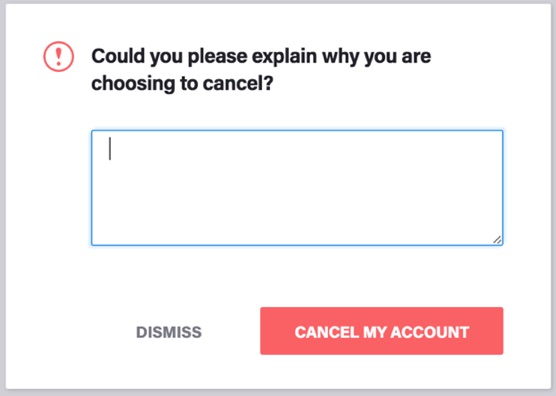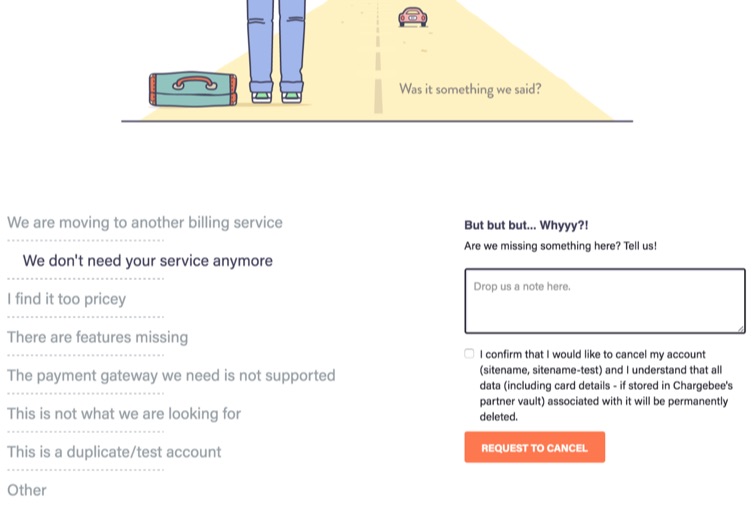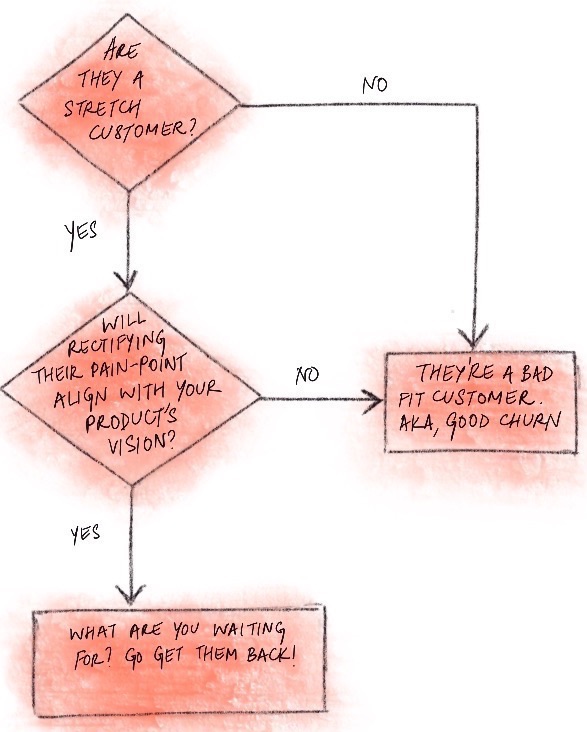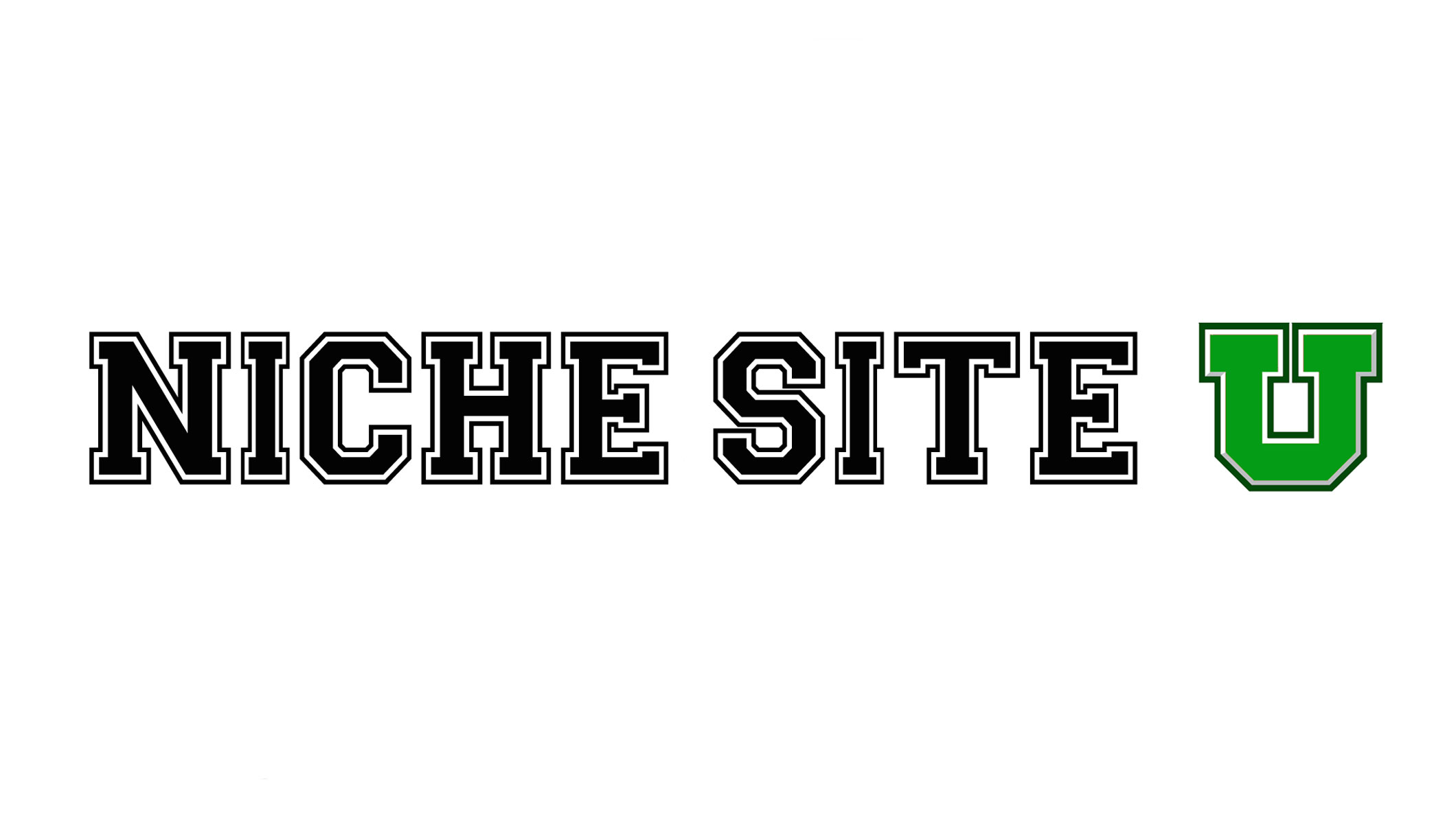When it comes to customer dissatisfaction, Spirit Airlines has consistently been the forerunner in the airline industry. Even in the recent travel report published by the American Customer Satisfaction Index it had the lowest score, much below the average benchmark.
Having said that, you’d expect those numbers to reflect on the company’s growth rate, right?
Wrong. Despite the mounting discontent among its customers, Spirit was the second most profitable airline company in 2015, and its growth rate is far from plateauing.
So what happened here?
Well, all those customers who were “dissatisfied” with Spirit’s poor service were still opting to travel on Spirit, as their deciding factor wasn’t the quality of the service, but the ticket fares. Spirit knows this, and keeps giving customers precisely what they want – nothing more, nothing less.
Numbers can be deceptive; and many times, they don’t necessarily speak the truth. If you’re taking numbers at face value, without digging deeper and getting to the bottom of it all, then you’ll most probably get blindsided.
And in the case of churn, it couldn’t be truer.
It’s well-known that churn is of two basic types: voluntary and involuntary.
While involuntary churn occurs when payments fail due to expired credit cards or any similar reason, voluntary churn predominantly occurs when a customer doesn’t receive the value that they had expected to receive from your product.
The solution to involuntary churn is pretty straightforward – a smart dunning mechanism in place can tackle most of the payment failure scenarios. It’s voluntary churn that needs a bit more thinking through.
And that’s what this post is about – effectively handling (not reducing/mitigating) voluntary churn.
Put simply, should you try to get back every one of those two groups of churned customers?
The Churned Customers Worth Fighting For
First off, not all users who choose to leave your product would’ve been good customers to your business in the long run. Not all of them would’ve found a perfect fit with your product. Peter Fader puts it well:
“Not all customers deserve your company’s best efforts. And despite what the old adage says, the customer is most definitely not always right. Because in the world of customer centricity, there are good customers…and then there is everybody else.”
The “everybody else” mentioned above are whom Lincoln Murphy refers to as “Bad Fit” customers. According to him, if a customer neither receives value from you immediately, nor in the future (under realistic assumptions), then those are the ones who’d come under this category.
And when a Bad Fit customer leaves you, it is, in fact, good churn. And spending your limited resources in bringing them back will be nothing less than futile.
Then there are customers for whom you — apart from delivering immediate value — will be able to deliver future value, in a particular timeframe. Lincoln calls them “Stretch” customers, and these are the ones whom you can strive to get back, provided the stretch is worth it.
Filtering out the 5%
A freemium model is infamous for papering over the cracks, by showing a huge number of sign-ups, and concealing the actual count of the right, engaged customers (again, numbers can be deceptive).
For instance, Chargebee also caters to the early-stage startups, and a majority of the churned customers left because they were shutting down their business. Here there would be no point trying to retain them, and this will again get classified as good churn.
So it’s our job to dig through the fluff and identify the churn that matters. By experience, we’ve learned that those Stretch customers account for only about 5% of the churn.
And to identify that 5%, we implemented a top-down approach, with three major activities:
Capturing the ‘right’ data from the people who’re leaving
Using the captured data to influence our next move
Spot our mistakes, and then prevent them from happening again
Capturing the Right Data
When a user has decided to leave your product for good, filling up an elaborate questionnaire will be the last thing that they’d want to do.
Put yourself in their shoes – they’re clearly not in a pleasant mood while taking the call, and you shouldn’t be rubbing salt to the wound by making the process harder. Adding to that, most businesses fail to capture the true answers; their forms are not designed that way. In short, this turns out to be a double-edged sword, affecting both the sides.
So the key is to design your customer exit process in a way that you can discover the right reason for their account cancellation, in the most non-intrusive manner.
Number one, do away with open-ended questions, for in most cases, the users would simply skip the step (if it’s an optional field), or would type in some gibberish and get it over with (if it’s made mandatory).
 This type of question generally won’t lead to great insights from your customer.
This type of question generally won’t lead to great insights from your customer.
Instead, give them, in the cancellation screen, a list of specific reasons for cancellation, and towards the end, make it optional for the users to type out their feedback (we’ve had customers who were kind enough to give us a descriptive answer, but they make only a small percentage of the total respondents).
Here’s how Chargebee’s form looks (we got the inspiration from Freshdesk’s form, and made our own set of tweaks to fit our use case):

Number two, only include those reasons that are the most important for your team to learn about and act upon (because, the paradox of choice), and arrange them in the most effective order (start with the most crucial of the lot).
Using the captured data
From a bird’s eye view, the evaluation process will look something like this:

1. Are they a Stretch customer?
To answer this question, we evaluate the behavioral data of customers, in terms of pre-set yardsticks.
By keeping track of the most important engagement metrics (specific to the life-cycle stage of the customer), we’re able to clearly pinpoint those users who’d been receiving value from the product, before they chose to call it quits.
For Chargebee, these metrics would be completing the account setup, inviting other users from their organization on board, customizing the invoice, configuring the hosted pages, and the like.
A churned customer who passes these yardsticks will be deemed a Stretch customer, who’ll then be considered for the next question.
Another activity that has helped us is the classification of churned customers based on the acquisition channels (Organic, SEO, SEM, AdWords, Third-party review sites, etc). Segment the customers, and figure out the churn rate (both revenue churn and customer churn) for each segment. Note that analyzing the revenue churn as well as customer churn for each channel is important, especially if you have a freemium model.
In fact, this segmentation revealed that customers who were acquired from a particular channel (with low acquisition cost), and had an effortless onboarding process, were showing a higher churn rate than their counterparts. To top it off, we also found out that their servicing cost was also comparatively higher. In short, they belonged to the Bad Fit category.
2. Will rectifying their pain-point align with your product vision?
“In trying to please all, he had pleased none.”
Aesop, Aesop’s Fables
Listen to Aesop.
Des Traynor refers to a product’s vision as its guiding principle – the hub of the product wheel that holds every other activity. And the essence of that vision is the fundamental value that you want to offer to your customers.
Being a Yes-Man and developing features to achieve the short-term goal of retaining a single customer will only take you further away from long-term vision, eventually making your product bloatware (gasp!). The assumption that a single customer’s feature requirement perfectly matches with the needs of all the other users every single time, leads to stuffing your product with unnecessary functions and over complicating it. This, in other words, is known as feature creep.
 Image Source
Image Source
In 1988, Seth Godin’s book packaging company let go of their biggest customer, who was making up for more than half of their revenue, and he doesn’t seem to regret it. He claims that the move made his team “happier and more successful”.
Is going the extra mile to please the Stretch customer worth the effort? Will solving their problem enhance the value that you’re delivering to your other customers as well? Is the particular solution aligned with your product vision?
Only, and only if you find yourself saying a “Yes” to these questions, should you take the plunge.
Spotting mistakes and preventing them from happening again
Once you’ve separated the Bad Fit customers from the Stretch counterparts, your next step will be to figure out how to prevent less of the former from onboarding and more of the latter from churning, in the future.
We’ve got three words for you: Root Cause Analysis
Andrew Tate gives a neat framework to trace every cancellation back to a root problem. According to him, based on the results from your exit survey, you can box your churned customers into one of these four reasons:
Bought away – When the customer feels that your product is too expensive, or is not worth the price that you’re charging them.
Moved away – When the customer pivots their business, and shifts to either a more stripped-down, or a more elaborate, enterprise-y solution, compared to yours.
Pulled away – When the customer simply wants to switch to a competitor.
Pushed away – When a member in the customer’s team vouches for another solution (intentional push), or when the customer feels that your service isn’t up to the mark (unintentional push).
Now let’s look at how each of these problems reveal the hidden mistake (and hence the solution):
1. Bought away
Your pricing is not aligned with the right buyer persona, and/or the value that it proposes to deliver.
Solution: Pick the right value metric to device your pricing strategy, and target the right buyer persona while marketing your product.
2. Moved away
Your target market does not include this particular buyer persona.
Solution: Expand your offering to include the new persona, if they fit your long-term objectives. If not, then just cut them loose.
3. Pulled away
The competitor’s offering is more attractive than yours – either because of their marketing or the presence of a feature missing in yours.
Solution: If it’s the former, work on a better positioning of your product in the market. If it’s the latter, go to the second question from the previous section (Will rectifying their pain-point align with your product vision?), and start from there.
4. Pushed away
There’s a lack/inadequacy of communication and customer support.
Solution: Double down on your customer support and customer success efforts.
Conclusion
Trials and errors form an integral part of the startup realm.
Businesses take a stab at bringing an idea to life, and take the help of other B2B businesses to build and grow theirs, some of whom they find to be a perfect fit with their business, while others they don’t. And as a fellow startup comrade, when we realize that the value we’re offering doesn’t match with the value that they’re seeking, we’re obliged to understand and respect their choice, and step aside.
The freemium model is of great help here, by providing the startups with ample leeway to experiment, without consuming much resource.
And it’s our job as a service provider to identify those businesses that have already crossed the initial phase of uncertainty, have built sufficient momentum and have acquired considerable value from us, and help them in advancing to the subsequent levels of growth.
Marketing to the right customer is the first step towards solving churn. Want to solve customer churn? Make sure you’re marketing and selling to the right customer. Don’t know who your best customers are or where they’re coming from? Kissmetrics analytics shows you. Learn more in our new SaaS retention PDF
About the Author: Sadhana Balaji is a Product Marketer at Chargebee. She writes about the fascinating workings of the SaaS realm. Head over to Chargebee’s SaaS Dispatch to read more of her work.


